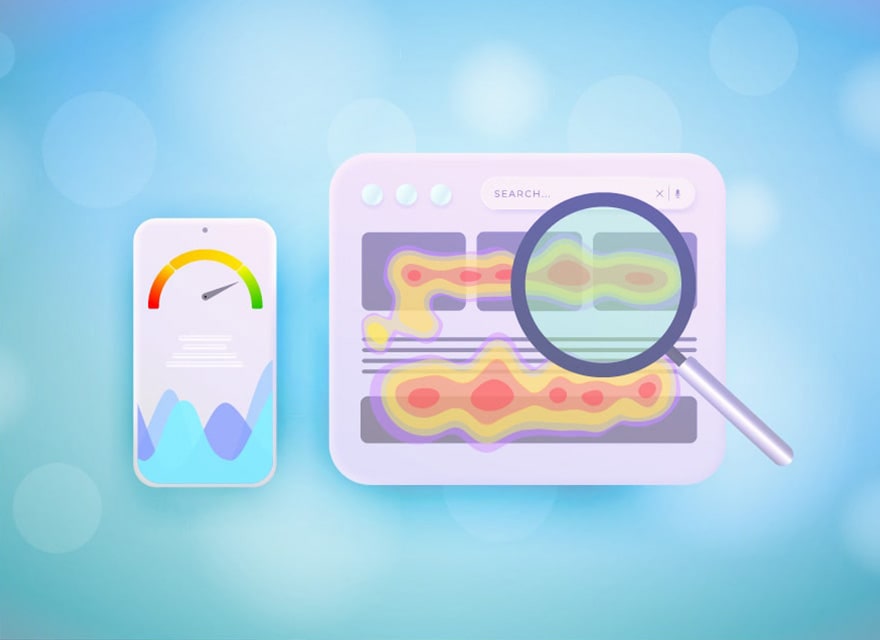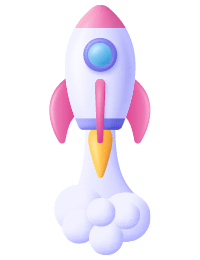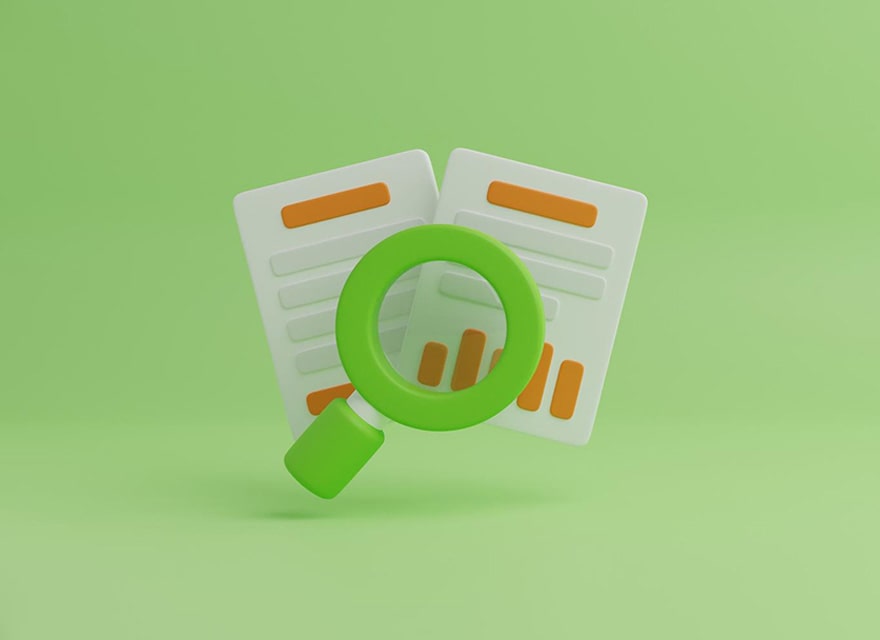
Unveiling User Behavior: A Deep Dive into Microsoft Clarity
What is Microsoft Clarity?
Microsoft Clarity is a free user behavior analytics tool that empowers you to see how visitors navigate and interact with your website. It goes beyond traditional analytics by capturing anonymous user data and transforming it into actionable visual insights. Clarity reveals what users are doing, where they’re clicking, scrolling, and how they’re engaging with your content.
Demystifying User Behavior with Clarity’s Features
Clarity boasts a robust suite of features designed to provide a comprehensive understanding of user behavior. Here’s a breakdown of the key functionalities:
- Heatmaps: These visual representations showcase where users click and scroll on your webpages. Hotter areas indicate higher engagement, while cooler areas reveal sections that receive less attention. This helps identify areas that might be confusing or require optimization.
- Session Recordings: Clarity goes a step further by capturing anonymized recordings of user sessions. Imagine watching a user navigate your site, their every click and scroll. This invaluable feature allows you to observe real user behavior firsthand and pinpoint potential issues like confusing layouts or broken functionalities.
- Rage Clicks & Dead Clicks: These features highlight areas where users might be experiencing frustration. Rage clicks indicate rapid clicks in a specific area, suggesting the user is struggling to find what they need. Dead clicks, on the other hand, pinpoint areas where users click but nothing happens, signifying a potential technical issue.
- Insights Engine: Powered by Artificial Intelligence (AI) and Machine Learning (ML), Clarity’s Insights Engine automatically analyzes user data and surfaces actionable recommendations. It identifies common user behavior patterns, highlights potential problems, and suggests areas for improvement.
- Funnels: Analyze how users progress through specific journeys on your website, such as a checkout process or a contact form submission. Funnels reveal drop-off points where users abandon the process, allowing you to identify and address any roadblocks that might be hindering conversions.

Beyond the Data: Benefits of Using Microsoft Clarity
Microsoft Clarity isn’t just about collecting data; it’s about translating that data into actionable insights that can significantly benefit your website and business. Here are some key advantages of using Clarity:
- Improved User Experience (UX): By understanding how users interact with your site, you can identify areas for improvement and optimize the user journey. This can lead to increased user satisfaction, engagement, and loyalty.
- Enhanced Conversion Rates: Clarity helps identify elements that might be hindering conversions, such as confusing forms or unclear calls to action. By addressing these issues, you can increase the likelihood of users completing desired actions on your website.
- Data-Driven Decision Making: Stop relying on guesswork! Clarity provides concrete data about user behavior, allowing you to make informed decisions about website design, content strategy, and marketing campaigns.
- Reduced Support Costs: By proactively identifying areas of user frustration, you can address potential issues before they snowball into support tickets. This can save your business time and resources.
- Accessibility Optimization: Clarity can help ensure your website is accessible to users with disabilities. By identifying areas where users with visual impairments or motor limitations might struggle, you can make your website more inclusive.
Who Can Benefit from Microsoft Clarity?
Microsoft Clarity is a versatile tool that caters to a wide range of users, including:
- Website Owners & Managers: Gain valuable insights to optimize your website for better user experience and conversions.
- UX/UI Designers: Use Clarity’s data to inform design decisions, ensuring a user-friendly and intuitive website experience.
- Marketers: Understand how users interact with marketing campaigns and landing pages to refine strategies for better engagement.
- Content Creators: Optimize your content based on user behavior data to ensure it resonates with your target audience.
- E-Commerce Businesses: Identify friction points in the checkout process and optimize it for a smoother buying experience.
Getting Started with Microsoft Clarity
The beauty of Microsoft Clarity lies in its user-friendly nature. Setting up Clarity is a breeze. Simply head over to the Microsoft Clarity website and follow the easy installation instructions. There’s no complex software to download or hefty fees to pay. Clarity seamlessly integrates with your website, and you’ll start collecting valuable user data within minutes.

Microsoft Clarity vs. The Competition
While Microsoft Clarity stands out for its free tier and user-friendly interface, it’s essential to acknowledge other popular user behavior analytics tools.
Microsoft Clarity has emerged as a compelling contender in the user behavior analytics arena. While it boasts a free tier and user-friendly interface, several established players offer a wider range of features. Here’s a closer look at how Clarity stacks up against the competition:
Microsoft Clarity vs. Google Analytics
While both Microsoft Clarity and Google Analytics are valuable website analysis tools, they serve distinct purposes. Here’s a breakdown to help you understand when to use each:
Focus
- Microsoft Clarity: User Behavior. Clarity excels at revealing how users interact with your website. It provides visual heatmaps, session recordings, and insights into user actions like clicks, scrolls, and rage clicks.
- Google Analytics: Traffic Acquisition and Performance. Google Analytics focuses on where your traffic comes from, what users do on your site, and how your website performs overall. It offers in-depth reporting on traffic sources, user demographics, conversions, goal completion, and more.
Data Provided
- Clarity: Clarity provides qualitative data. It focuses on visual representations of user behavior through heatmaps and recordings. This allows you to observe user journeys firsthand and identify areas of confusion or difficulty.
- Google Analytics: Google Analytics offers quantitative data. It provides numerical reports on website traffic, user demographics, clicks, conversions, and other metrics. This allows you to measure website performance and identify trends.
Use Cases
- Clarity: Use Clarity to:
- Optimize user experience: Identify confusing layouts, navigation issues, and areas where users struggle.
- Improve form completion: See if users are abandoning forms and pinpoint where they get stuck.
- Analyze user journeys: Observe how users navigate through specific funnels, like checkout processes.
- Google Analytics: Use Google Analytics to:
- Track website traffic: Understand where your visitors come from and how they find your site.
- Measure conversions: Track how many users complete desired actions like making a purchase or subscribing to a newsletter.
- Identify top-performing content: See which pages and content drive the most engagement.
Integration
Both Clarity and Google Analytics offer easy integration with most website platforms. Additionally, Clarity boasts a unique integration with Google Analytics, allowing you to view session recordings and heatmaps for specific goals within Google Analytics. This enables you to connect quantitative data with qualitative insights for a more comprehensive picture.
Who should use which?
- Use Clarity: If you want to understand how users interact with your website and identify areas for improvement in user experience and conversions.
- Use Google Analytics: If you want to understand where your traffic comes from, what users do on your site, and how your website performs overall in terms of traffic, engagement, and conversions.
The Ideal Scenario: Using Both Together
The true power lies in using both Clarity and Google Analytics together. Google Analytics provides the big picture, while Clarity uncovers the “why” behind the numbers. By combining quantitative data with qualitative insights, you gain a deeper understanding of user behavior and can make data-driven decisions to optimize your website for success.

Microsoft Clarity vs. Hotjar
When it comes to user behavior analytics, both Microsoft Clarity and Hotjar are popular choices. But deciding between them depends on your specific needs and budget. Here’s a detailed comparison to help you choose the right tool:
Features
- Microsoft Clarity: Focuses on core user behavior analysis with heatmaps (click, scroll, area), session recordings, and insights like rage clicks and dead clicks. It offers a free plan with limitations on data volume.
- Hotjar: Provides a wider range of features, including heatmaps (click, scroll, attention), session recordings, surveys, funnels, form analytics, and feedback polls. Hotjar offers a free plan with limited features and paid plans for additional functionalities.
Strengths
- Clarity
- Completely free (with limitations) – ideal for budget-conscious users.
- Easy to use – perfect for beginners or non-technical teams.
- Privacy-focused – anonymizes user data for ethical data collection.
- Hotjar
- More comprehensive feature set – caters to a wider range of user behavior analysis needs.
- Team collaboration features – facilitates sharing insights and discussions within teams.
- Integrates with various marketing tools – streamlines data analysis workflow.
Weaknesses
- Clarity
- Limited features – lacks functionalities like surveys, funnels, and form analytics.
- Lower data volume limits – might not be suitable for high-traffic websites.
- No guaranteed support – limited support options compared to Hotjar.
- Hotjar
- Free plan limitations – restricts features and data volume in the free tier.
- Paid plans required for advanced features – can be costlier than Clarity’s free tier.
- Data privacy concerns – some users might be wary of Hotjar’s data collection practices.
Who Should Choose Which?
- Microsoft Clarity: Ideal for:
- Small businesses and startups with limited budgets.
- Website owners looking for a basic understanding of user behavior.
- Teams new to user behavior analytics or with limited technical expertise.
- Hotjar: Ideal for:
- Businesses needing a comprehensive set of user behavior analysis tools.
- Marketing teams looking for functionalities like surveys, funnels, and form analytics.
- Larger teams requiring collaboration features and integrations with other marketing tools.
In Conclusion
Both Clarity and Hotjar are valuable tools for user behavior analysis. If budget is a primary concern, and you need basic user behavior insights, Clarity’s free tier is a great option. However, if you require a broader range of features, team collaboration, and advanced functionalities, Hotjar’s paid plans might be a better fit. Consider your specific needs and weigh the advantages and limitations of each tool before making your decision.

Other Competition
- FullStory: A powerful tool for enterprise-level needs, FullStory offers advanced features like session replay with detailed user interactions, user attribute analysis, and advanced funnels. While Clarity excels in ease of use, FullStory is more complex and caters to larger organizations with intricate user behavior analysis requirements.
- Contentsquare: Similar to FullStory, Contentsquare is a feature-rich platform offering advanced heatmaps, user journey analysis, and AI-powered insights. It’s ideal for businesses requiring in-depth user behavior analysis and personalization capabilities. However, Contentsquare comes with a steeper price tag compared to the free Clarity.
- Mouseflow: A user behavior analytics tool known for its intuitive interface and session replay capabilities, Mouseflow provides features like attention maps, form analytics, and A/B testing. It offers a good balance between features and affordability, making it a strong competitor for Clarity, especially for businesses looking for A/B testing capabilities.
Choosing the Right Tool
The best user behavior analytics tool depends on your specific needs and budget. Here are some factors to consider:
- Your Website Traffic: If you have a low-traffic website, Clarity’s free tier might be sufficient. However, for high-traffic sites, paid plans from competitors with higher data limits might be necessary.
- Features Required: Identify the functionalities you need most. If heatmaps and session recordings are enough, Clarity is a good option. But for advanced features like surveys, funnels, or A/B testing, look at competitors.
- Technical Expertise: Consider your team’s comfort level. Clarity’s user-friendly approach might be ideal for non-technical users, while some competitors might have a steeper learning curve.
By understanding your needs and evaluating the competition, you can choose the user behavior analytics tool that best empowers you to optimize your website and achieve your business goals.



Lasted Comments (0)